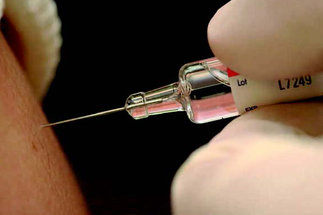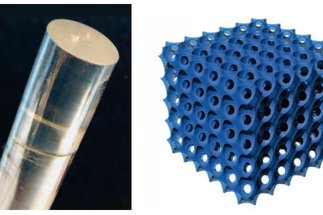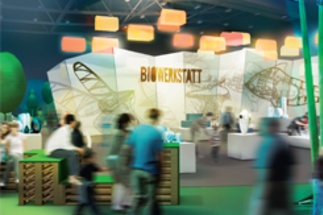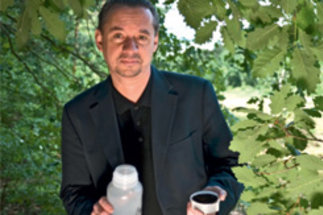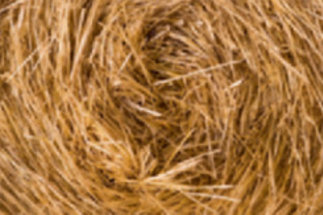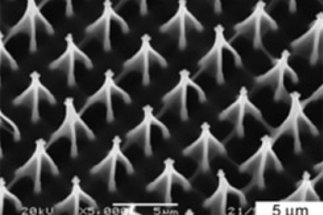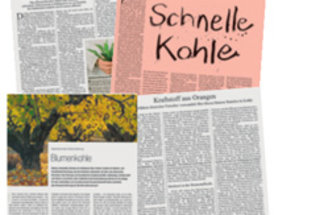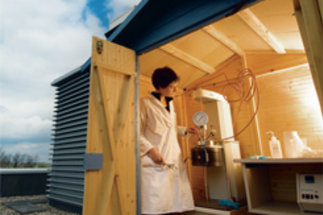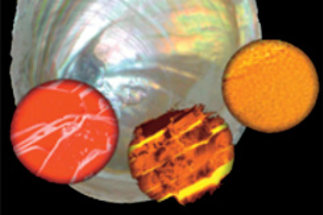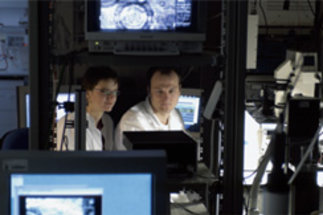Articles in MaxPlanckResearch
MaxPlanckResearch contains a wide variety of articles about research going on at the institutes of the Max Planck Society. All articles are written in an informative and easy-to-read manner and are ideal for members of the general public including school students who would like to keep informed about the latest developments in scientific research. The magazine is published quarterly.














